May 3, 2024 | 17:38 GMT +7
May 3, 2024 | 17:38 GMT +7
Hotline: 0913.378.918
May 3, 2024 | 17:38 GMT +7
Hotline: 0913.378.918
It is not only now that the prices of fertilizers are so high that we mention the need to reduce fertilizers. Among them, nitrogen is the most needed to be reduced.
Many scientific research results have proven that of the total amount of nitrogen applied to the soil for rice farming, rice plants only absorb a maximum of no more than 50-52%. Thus, part of the remaining penetrates deeply into soil while others evaporate with water vapor, drift along with the water permeability, or are retained by the acidic (low pH degree) soil.
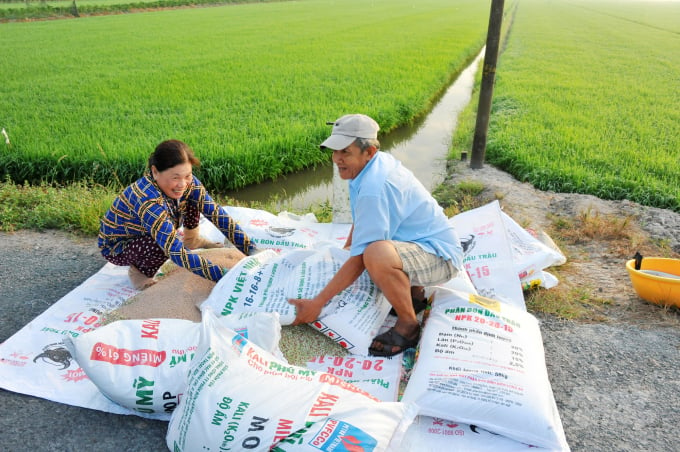
From the stage that rice starts blooming, applying NPK is not necessary and is very wasteful. Photo: LHV.
That's not to mention some cases that farmers still fertilize just following instructions but not focussing on how good the soil is or how the rice plants are developing. Accidentally, many local production units and farmers are depending too much on theory but not on practical conditions and real experiences to find out a proper way of using fertilizers.
From such reality, it is suggested to reduce fertilizers, mainly the nitrogen, along with proper fertilizing methods that still help not reduce the rice yield, specifically as follows:
First, most rice fields are acidic due to flooding. Therefore, before each crop, at least 250-300kg of lime powder/ha should be applied to the soil. Lime coverage will both help reduce soil acidity, clean the fields and destroy germs of pests parasitic in the soil causing diseases for the rice.
Second, only NPK or NP should be used as a primer before sowing. Nitrogen and potassium should be used while the rice blooming.
Fertilizing before sowing by using NPK or NP compound is suitable, because in these types of fertilizers contain all three essential elements of nitrogen (N), phosphorus (P2O5) and potassium (K2O) for rice plants to develop from the very beginning. At the stage of tillering, rice plants need mainly nitrogen and potassium while at the stage of blooming, they need mainly potassium and a little nitrogen, so no neet to use NPK which is both wasteful and expensive, increasing production costs.
Using nitrogen fertilizers to promote rice tillering and blooming has several advantages:
First, if the soil is good and the fields are deep and muddy, then when fertilizing the tillering rice, the amount of nitrogen fertilizer should be reduced from 1kg to 2kg compared to those applied to the less fertile soil.
If fertilizing before rice blooming, nitrogen and potassium are needed but very little nitrogen. In case the rice is growing well and leaves turn dark green, it is possible not to use nitrogen, but only potassium.

With such a suitable fertilizing way and a scientific process of farming, the significant reduction in fertilizer will still ensure the rice yield. Photo: LHV.
Second, applying simple fertilizers with the above method can both reduce unnecessary nitrogen fertilizers, and limit the development and spreading of harmful pests and diseases. It will certainly also reduce the cost of production.
Mr. Duong Van Khang, an old farmer with high experience of rice farming in Long Thanh Commune, Yen Thanh District, Nghe An Province said his family planted more than 0.5 hectares of rice each crop. In the past, he used to fertilize with NPK compound-type 16-16-8 for priming and NPK-type 15-5-20 before rice blooming.
However, in recent years, he did not use NPK compound anymore but has switched to completely using a single fertilizer. Mr. Khang's experience before fertilizing is that you must "look at the sky, the earth, and the plants".
According to him, when it rains, stop fertilizing. If you find the soil is good, just reduce the amount of nitrogen fertilizer from 1 to 2kg/500m2 compared to those applied in bad and infertile soil. If the rice plants are growing well with dark green leaves, it is necessary to reduce the amount of nitrogen fertilizer to the lowest level to prevent the rice from being susceptible to diseases.
With this way of fertilizing, his rice fields are rarely affected by pests and diseases and always give the highest yield in the locality. Also according to Mr. Khang, if we use single fertilizer, it will reduce the cost by an average of VND80,000/500m2 (VND1.6 million/ha).
During fertilizing, it is the best to keep the water in the field as shallow as possible. Particularly for the time before sowing, a large amount of fertilizer is needed so after applying it, the field should be harrowed again at least once to bury it under the soil to limit the natural loss of fertilizers, especially in the summer-autumn crop when the weather are often hot with high temperature and a strong water evaporation.
Translated by Linh Nguyen
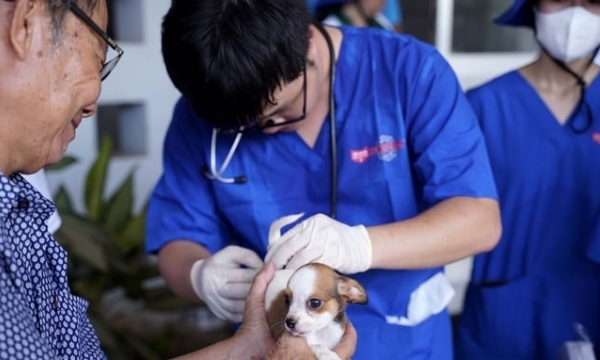
(VAN) Pet owners in Long An province exhibit indifference and a lack of understanding regarding rabies. They maintain the misconception that pet dogs and cats are immune to the disease.
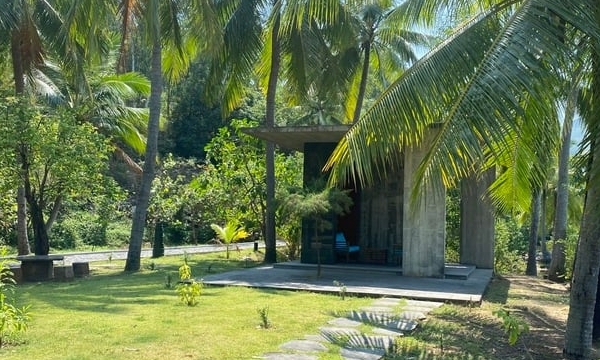
(VAN) The STAR-FARM project is funded by the European Union and implemented in the provinces of Dong Thap, Kien Giang and Tra Vinh, with a total investment of 4.2 million Euro.
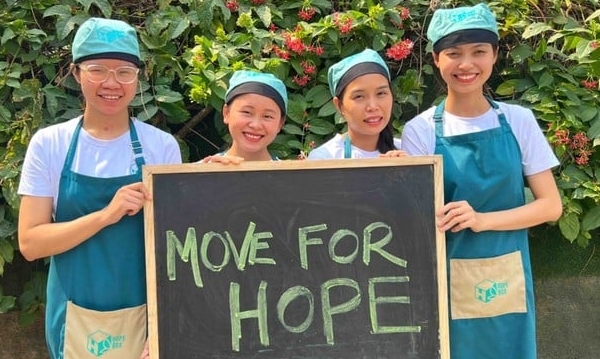
(VAN) The ecosystem and social impact business organizations (SIBs), although still modest in number, is very diverse and dynamic, they have been creating positive changes in many aspects, contributing to building a sustainable future
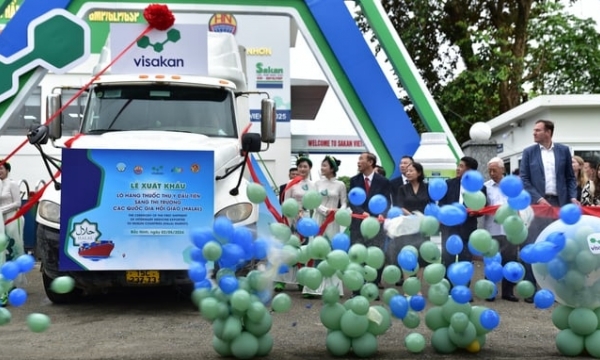
(VAN) Visakan Biotechnology Development Investment Company, a subsidiary of Hung Nhon Group, recently held a ceremony to commemorate its first export shipment of veterinary medicine to the Halal market.
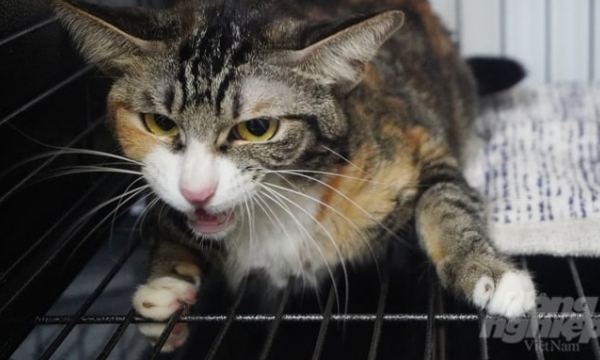
(VAN) If temporary regulations on dog and cat ownership are approved, Ho Chi Minh city will pilot the implementation of microchipping for dogs and cats in several designated areas within the inner city.
/2024/05/02/5303-5730-6-185654_281.jpg)
(VAN) Dr. Pham S, Vice Chairman of Lam Dong Provincial People's Committee: 'Lam Dong has attracted 80 FDI enterprises and 1,550 domestic enterprises to invest in agricultural development, with 150 agricultural cooperatives applying high technology'.
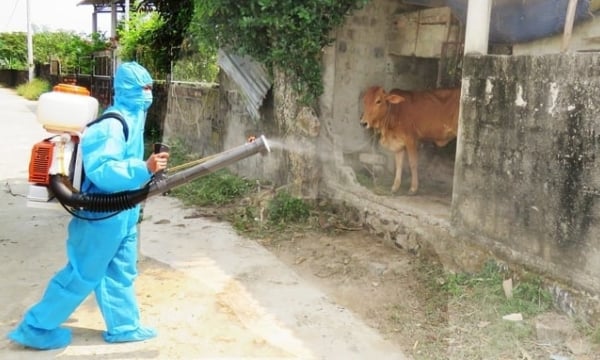
(VAN) An outbreak of Lumpy Skin Disease has occured across four districts in Quang Binh province, prompting local veterinary forces to strengthen prevention efforts.